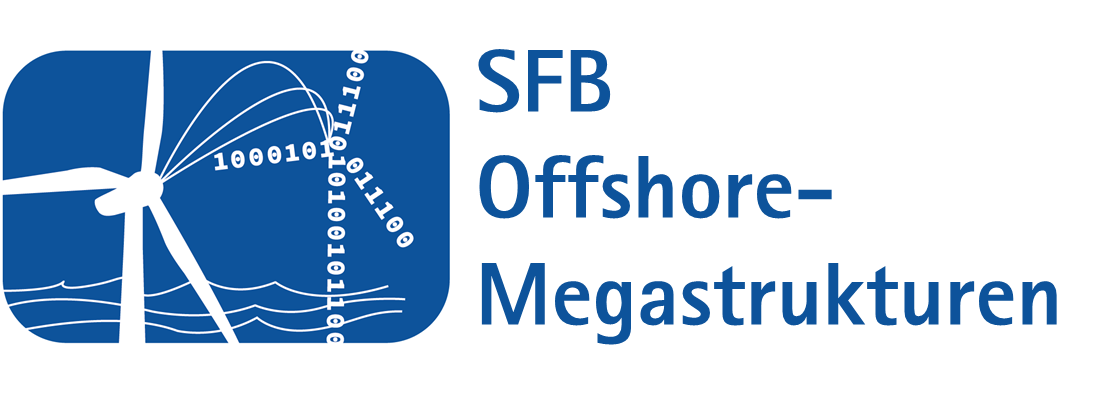Abstract
- The paper presents a numerical setup in OpenFoam that solves the unsteady Reynold-averaged Navier-Stokes equations (URANS) to investigate dynamic stall on rotating rotor blades with a variable angle of attack
- A mesh study is conducted to determine the cell sizes necessary to correctly predict integral loads during dynamic stall.
- The use of wall functions in the boundary layer is not suitable for the study of dynamic stall. When the boundary layer is resolved instead, the results correctly predict the characteristics of dynamic stall hysteresis with a maximum deviation of 8%.
The research reported here provides a validated simulation setup for investigating dynamic stall on wind turbines. The rotating and pitching motion of the blades is implemented via a novel combination of a dynamic and a sliding mesh approach. By comparison with experimental data from the German Aerospace Center (DLR), it is shown that URANS simulations are suitable to predict the characteristic lift hysteresis of a stall event. For this, the mesh near the wall must be fine enough to fully resolve the boundary layer. An approximation of the boundary layer with wall functions leads to a premature detachment of the flow and thereby an incorrect lift hysteresis. The computational resources required to apply this setup to simulations of wind energy megastructures (R = 180m) are estimated to be 2.8e6 CPUh.
Further infomation an download:
https://gpps.global/wp-content/uploads/2022/09/GPPS-TC-2022_paper_13.pdf












